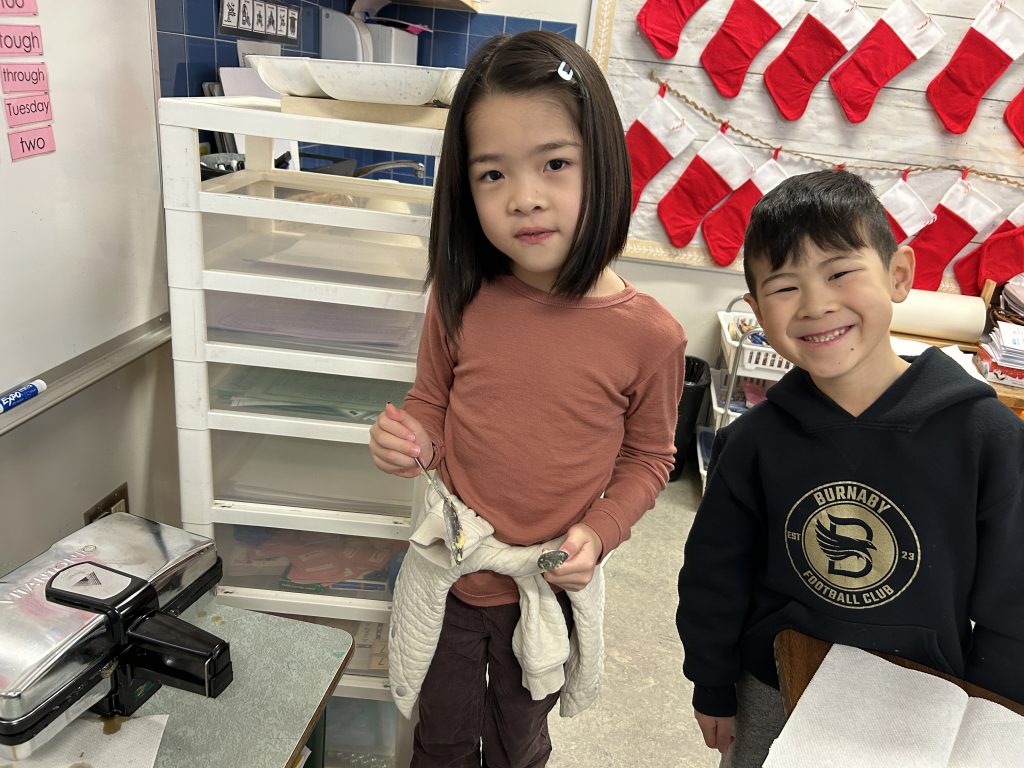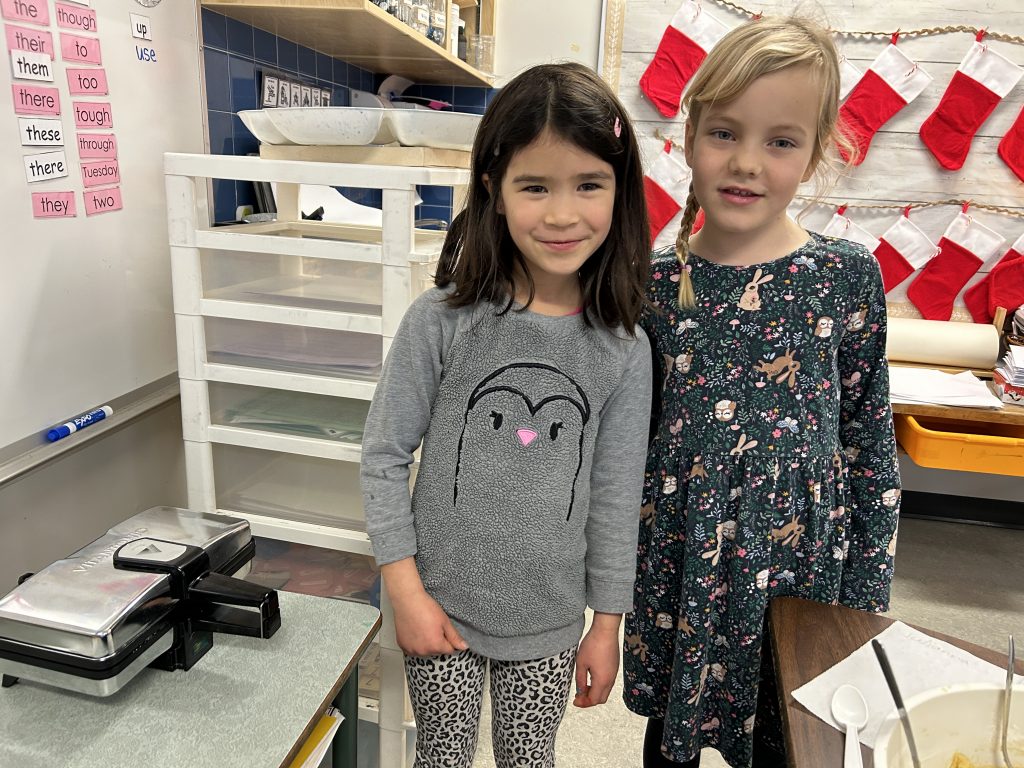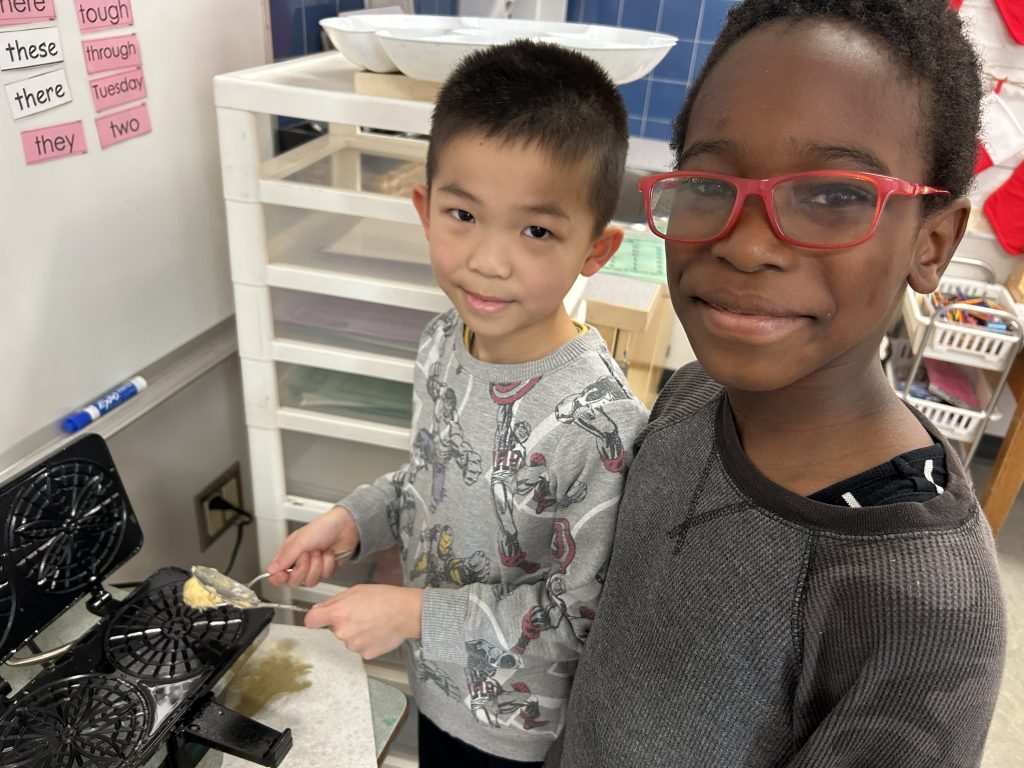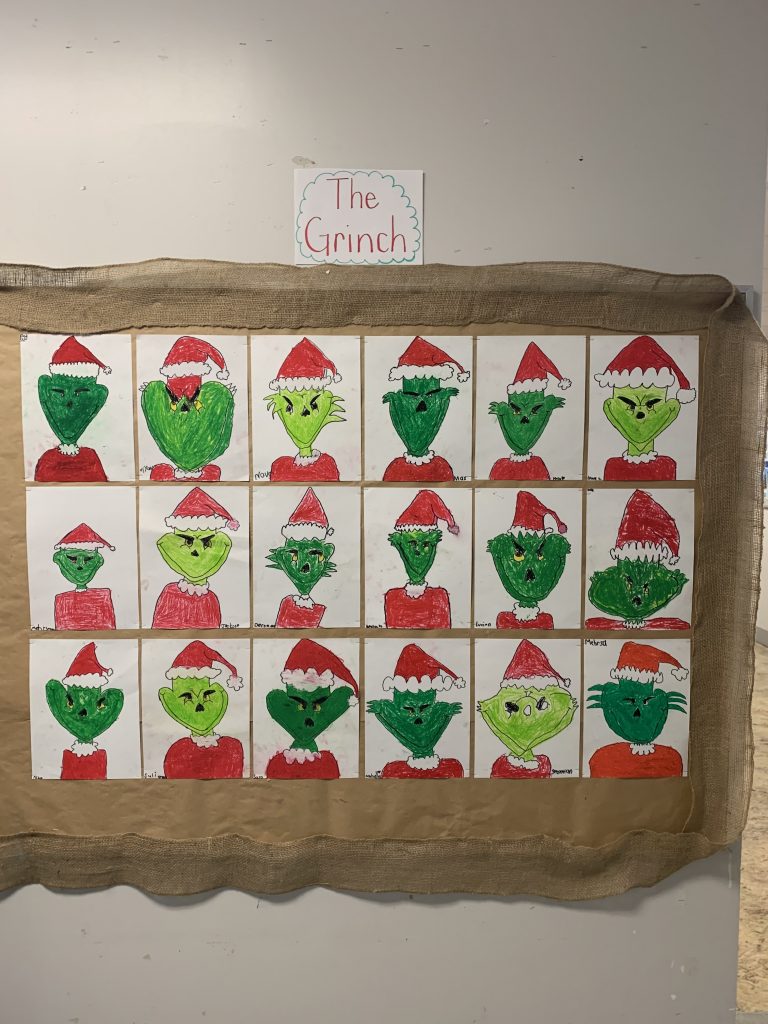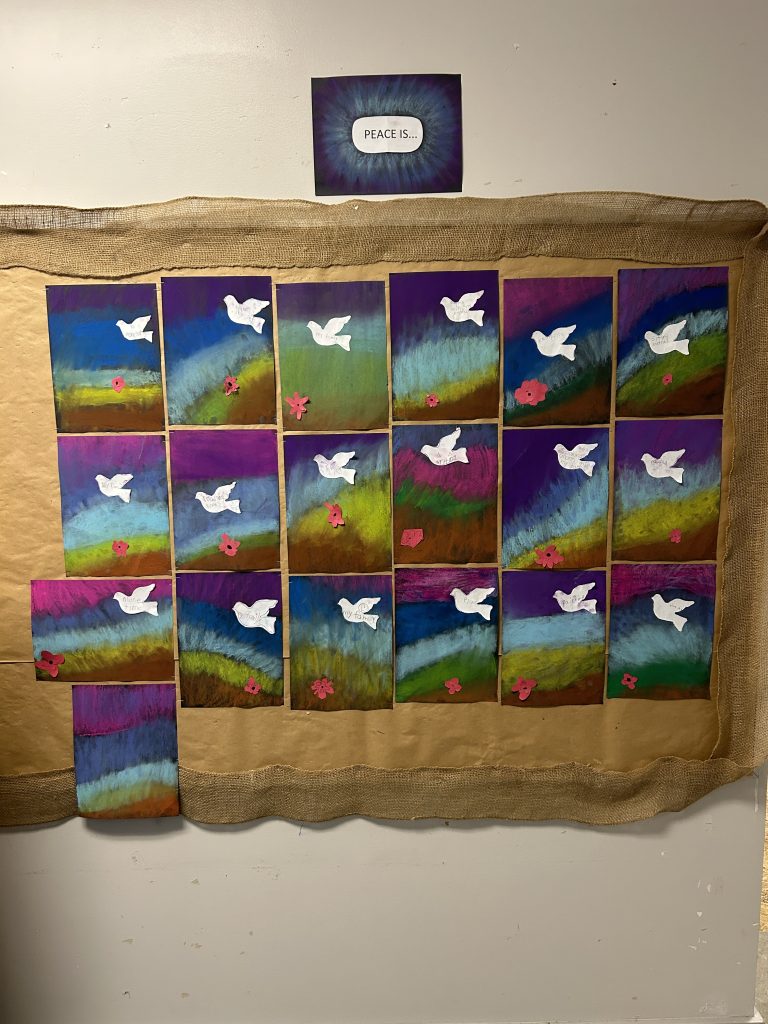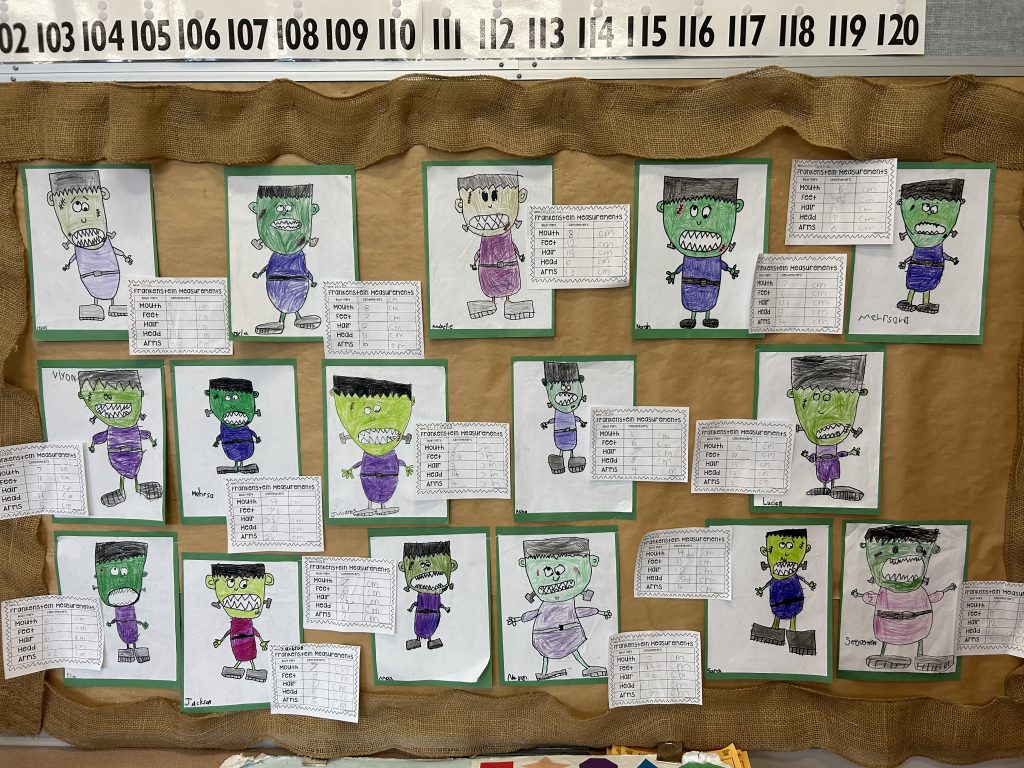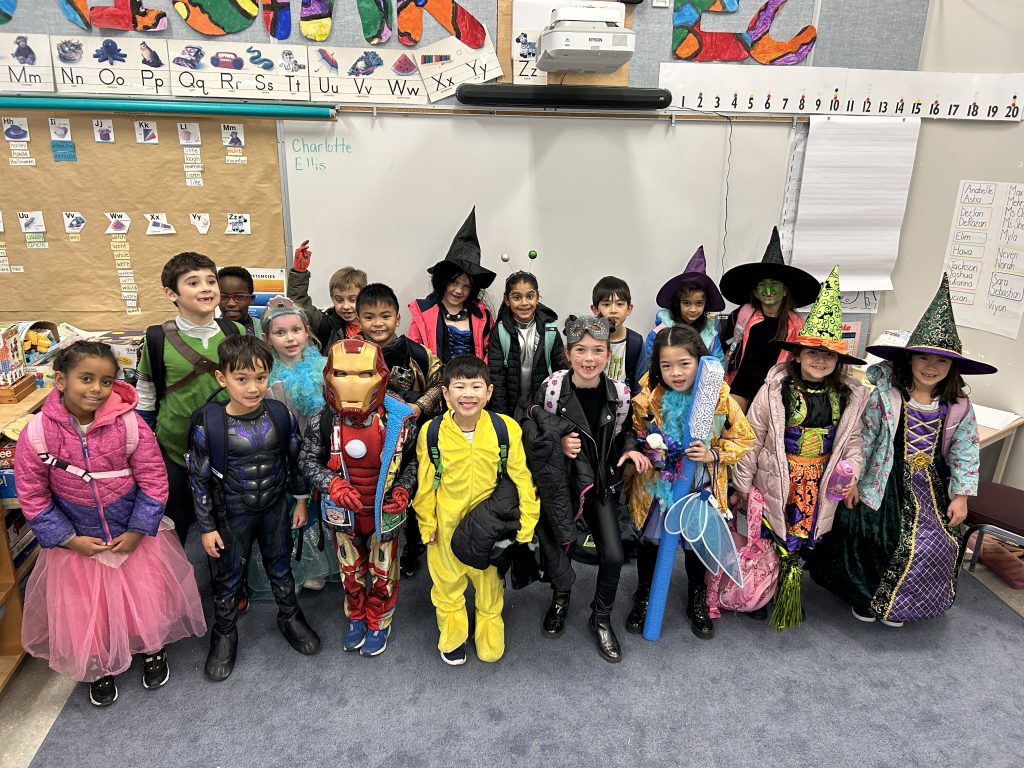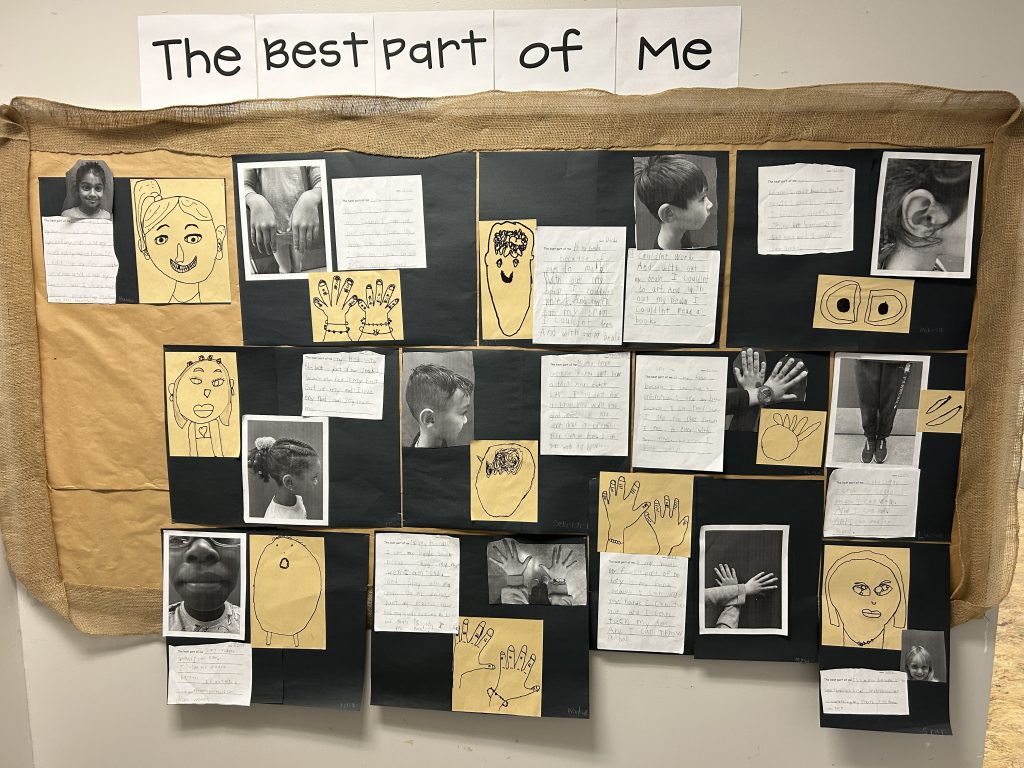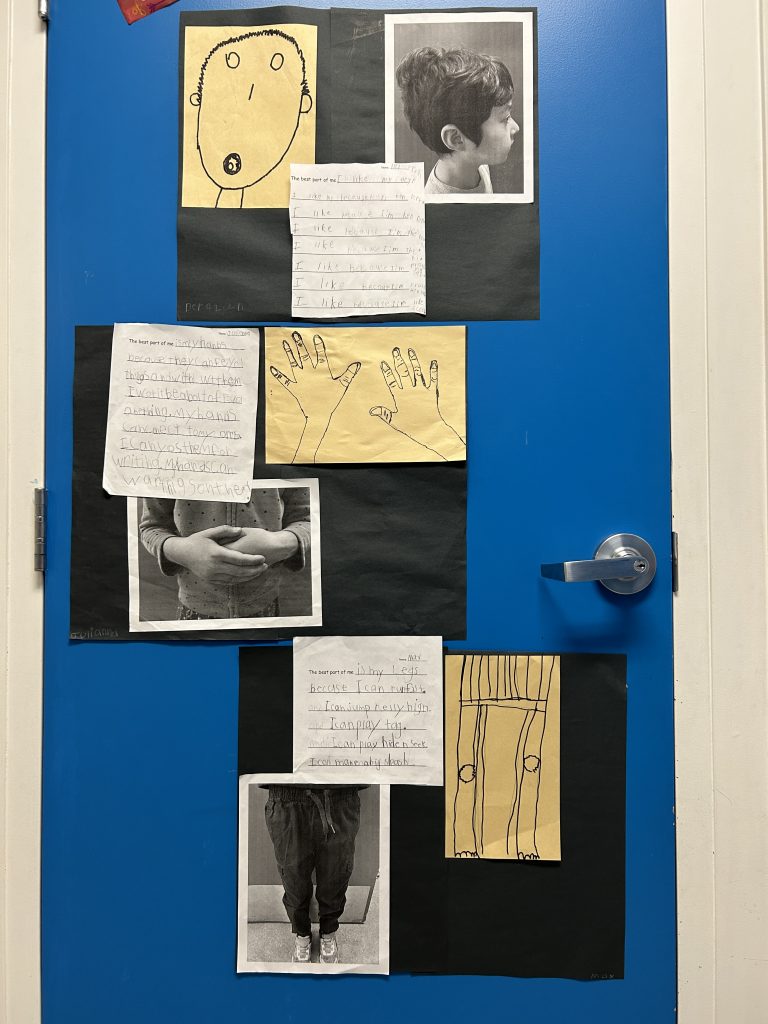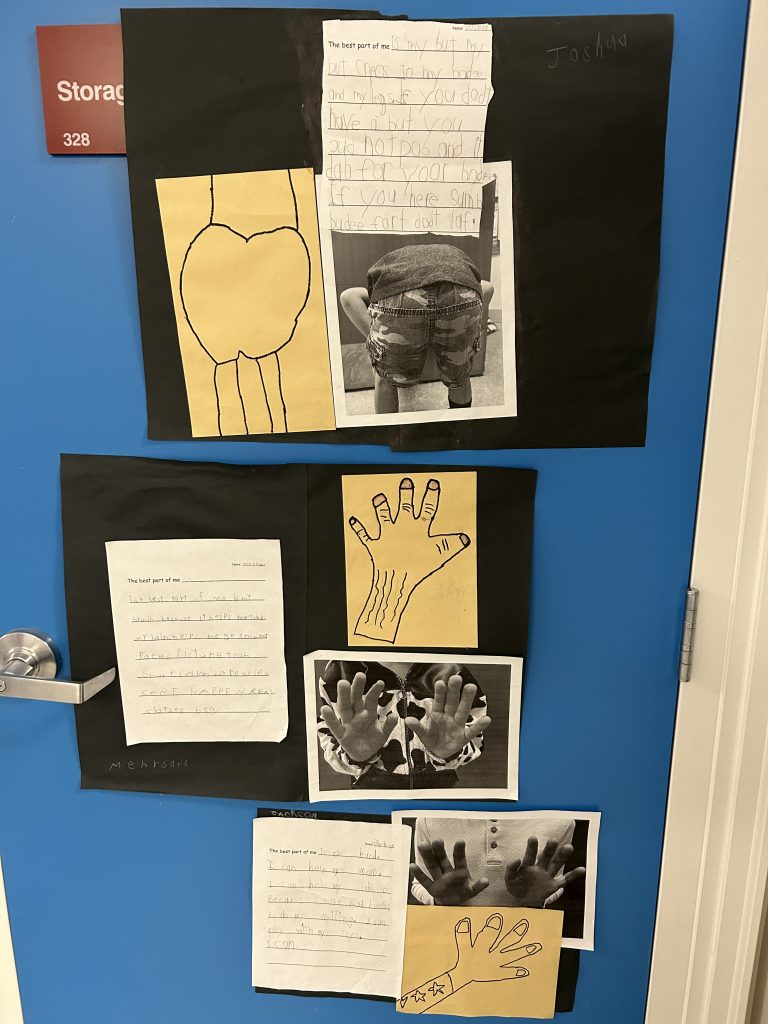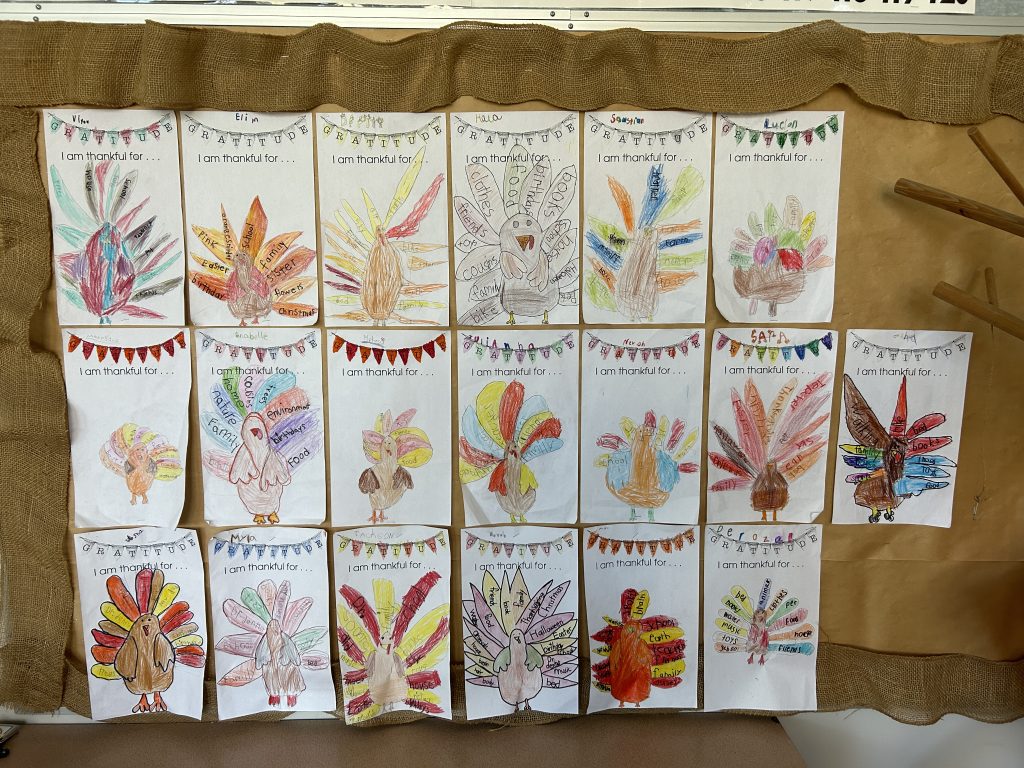As a Math/Science/holiday activity we made Italian Pizzelle cookies with Ms. Ballarin’s class. Ms Ballarin and I both have pizzelle makers at home, mine was given to me by my mom. While making the dough, we used Math concepts to measure using measuring cups and spoons. In Science, we also explored changes in matter through heating and cooling. It was very exciting for the students to make cookies in a new way. Each child ate one cookie at school and came home with two. We hope you were able to get a taste too!
Big Idea: Materials can be changed through physical and chemical processes
First Peoples Principles of Learning: Learning takes patience and time
Curriculum Competencies:
- Observe objects and events in familiar contexts
- Ask questions about familiar objects and events
- Make simple predictions about familiar objects and events
- Make observations
- Develop, demonstrate, and apply mathematical understanding through play, inquiry, and problem solving
Core Competency: Critical Thinking and Reflective Thinking
- I can ask questions and consider options. I can use my observations, experience, and imagination to draw conclusions and make judgments.
